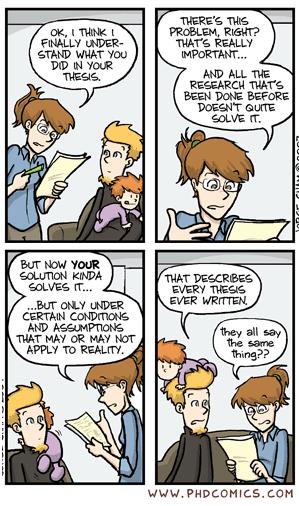(Milwaukee) Next week, we start an intensive program for teenagers in Prince George’s County, MD who will choose an issue, conduct interviews of relevant adults, and depict the results in the form of maps and diagrams. We will be testing software that’s being designed by our colleagues at the University of Wisconsin. Our goal is to develop and refine a software package that will easily add an element of research to service-learning programs, as kids identify assets, relationships, and sources of power and thereby make their civic work more effective.
Near the beginning of the first day, I want to show the kids great products that their peers around the country have created. Students at Central High School in Providence have built a multimedia website about their own school that’s pretty absorbing. I can find good youth-produced videos, like the ones collected on What Kids Can Do. I’ve personally worked with kids to create a “commons” website for Prince George’s County that has some video, audio, text, and maps. My organization, CIRCLE, has funded kids in Tacoma, WA to create this interesting documentary on teen pregnancy. We’ve also funded other youth-led, community-based research projects. They are listed here, although some don’t yet have public products.
We want our team this summer mainly to work with maps and diagrams, perhaps illustrated with some video and audio footage. Although “mapping” is a common activity for youth today, I can find few youth-produced maps online that might inspire our team. In one sense, this is good news–we feel that we’re doing something significant by creating templates for more exciting map projects. On the other hand, I’m sure there are good products out there, and I would like our team of kids to see them.
